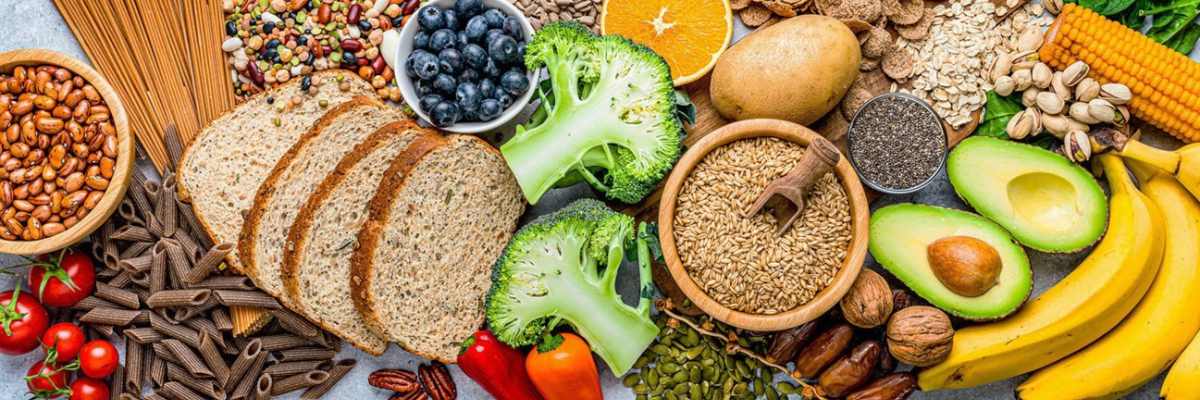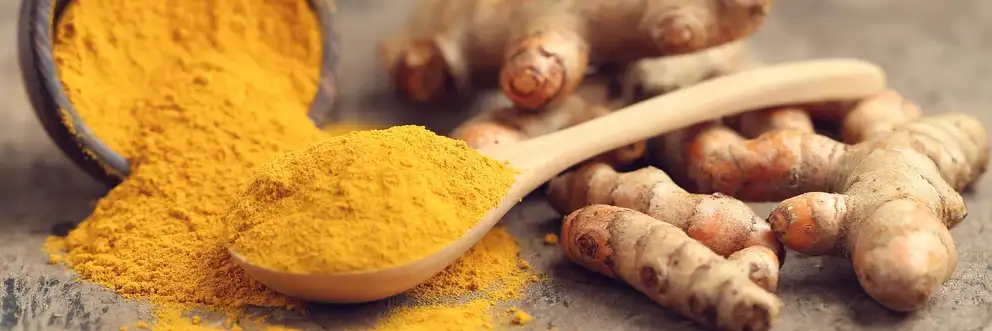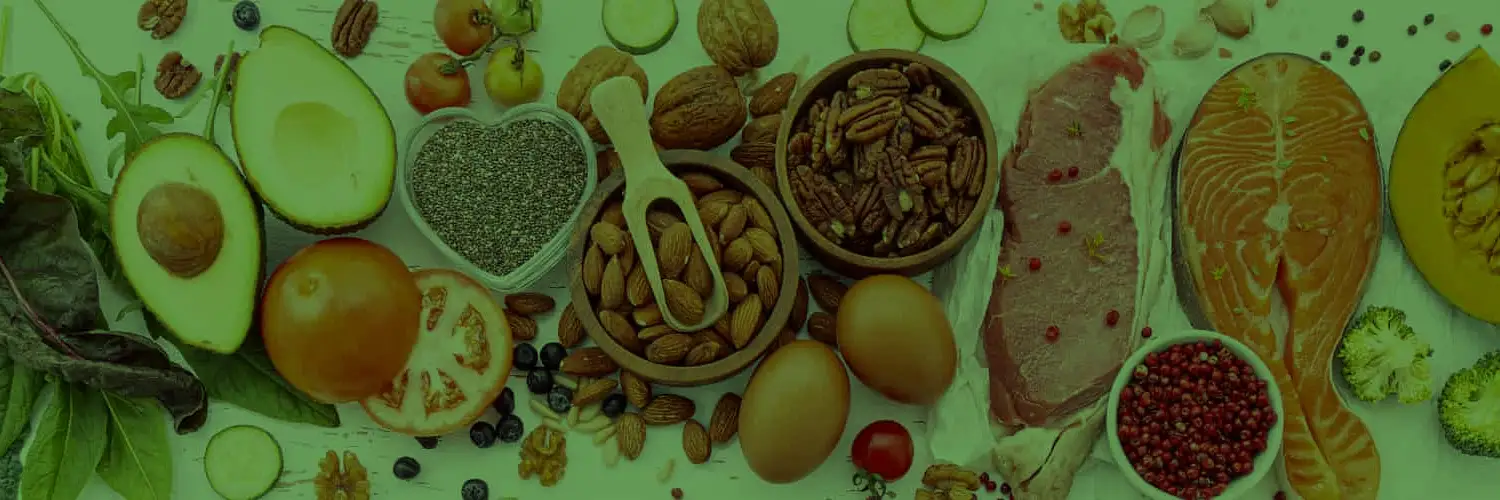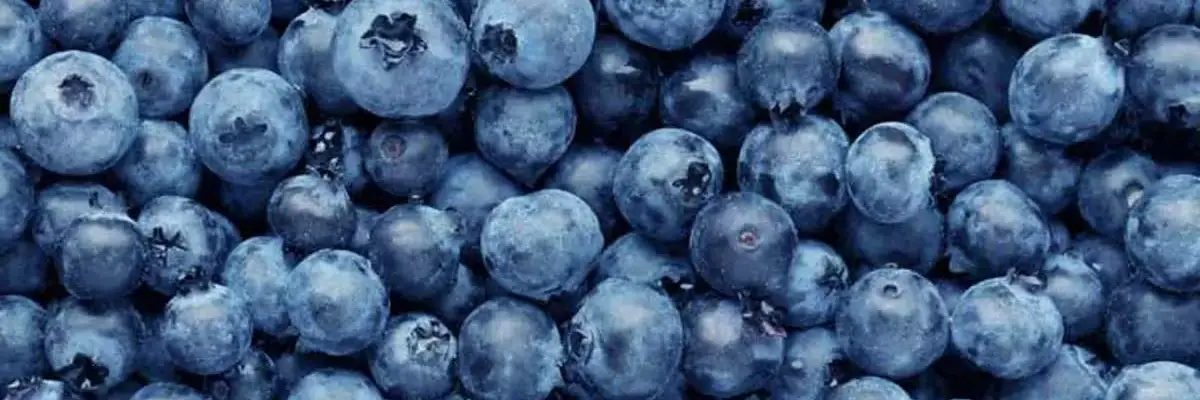Diverticular Disease: Navigating Unexpected Challenges
In the backdrop of history, diverticular disease emerged silently, its presence scarcely acknowledged before the first World War. Today, it’s increasingly linked to our modern diet, characterised by high fats and low fibre, a trend that has become synonymous with Western culture. As we age, the statistics loom larger. Half of those over 60 and a staggering 60% of those over 80 will exhibit signs of diverticulosis. Yet, for many, its diagnosis arrives as an unexpected revelation, often without warning signs.
Diverticulosis, typically detected during routine colonoscopies, manifests as small herniated pouches, or diverticula, in the bowel wall. While initially asymptomatic, discomfort arises if these pouches become infected, leading to diverticulitis.
Recognising Symptoms:
Look out for pain in the lower left abdomen, altered bowel habits, bloating, and rectal bleeding. Other signs are nausea, vomiting, and fever. Recognising the symptoms is important in managing this condition.
What are the Root Causes?
Understanding the underlying triggers sheds light on prevention and management. Age and excess weight amplify the risk, while a fibre-deficient diet emerges as a primary cause. Insufficient fibre leads to hard, small stools, straining the colon and promoting diverticula formation. Poor gut health is a close contender too, after a low fibre diet. Either way, healing the gut is an essential part of the management approach. Diets rich in red meat and sensitivities to certain foods can exacerbate inflammation, as can the use of non-steroidal anti-inflammatory drugs (NSAIDs), aspirin, steroids, and smoking.
What to eat:

Navigating dietary choices becomes pivotal in mitigating flare-ups. While there’s no one-size-fits-all diet, prioritising high-fibre whole foods such as fruits, vegetables, and whole grains can help maintain gut health and minimise inflammation. While debates persist regarding the avoidance of nuts, corn, popcorn, and seeds, individual tolerance is the main criterion based on the evidence. The focus should be on consuming whole grains, fruits, and vegetables while steering clear of gut-irritating foods like alcohol, spicy dishes, coffee, processed sugars, and unhealthy fats. This approach helps manage inflammation and maintains gut health.
For those lacking fibre in their diets, gradual incorporation is key to avoiding overwhelming the system. Balancing soluble and insoluble fibres, found in a variety of foods like gluten-free oats, quinoa, millet, buckwheat, apple and pears, ground flax or chia seeds, vegetables and legumes, promotes regularity without irritation, if these foods are tolerated. Adequate hydration will also complement fibre intake, preventing constipation.
During Flare-ups:
The good news is that there’s a lot you can do to reduce the impact of a flare-up. Temporary bowel rest with clear liquids offers relief for up to 72 hours, followed by gentle reintroduction of easily digestible foods like vegetable soup or stewed apples or pears, is my recommended approach. Proactively, increasing probiotic-rich (kimchi, sauerkraut, natural yogurt and tempeh) and prebiotic foods (artichokes, garlic, cooked apples, onions and beans) supports gut health and reduces inflammation. Regular exercise aids digestion too, and stress management techniques like yoga or meditation further alleviate symptoms.
Reducing Inflammation:
Supplementation, tailored to individual needs, can complement dietary measures. Magnesium eases constipation and cramping, while short-chain fatty acids like butyrate support gut health and reduce inflammation. Probiotics show promise in mitigating diverticular symptoms.
In summary, diverticular disease’s prevalence underscores the importance of proactive management. As intestinal walls weaken with age, the risk heightens, necessitating a multifaceted approach to mitigating symptoms and enhancing quality of life. Consulting a clinical nutritionist can provide personalised guidance, emphasizing an anti-inflammatory diet, hydration, exercise, stress reduction, and targeted supplementation. By embracing these strategies, one can navigate the challenges of diverticular disease with resilience and grace.
- Hawkins, A. T., Wise, P. E., Chan, T., Lee, J. T., Mullaney, T. G., Wood, V., Eglinton, T., Frizelle, F., Khan, A., Hall, J., Ilyas, M. I. M., Michailidou, M., Nfonsam, V. N., Cowan, M., Williams, J., Steele, S. R., Alavi, K., Ellis, C. T., Collins, D., Winter, D. C., … Lightner, A. L. (2020). Diverticulitis – An Update from the Age Old Paradigm. Current Problems in Surgery, 57(10), 100862. [Online] Available from https://www.ncbi.nlm.nih.gov/pmc/articles/PMC7575828/
- Weinberg, J. L. (2023). A functional Medicine Approach to Diverticular Disease. [Online] Available from https://www.rupahealth.com/post/a-functional-medicine-approach-to-diverticular-disease
- Aune, D., Sen, A., Norat, T., & Riboli, E. (2020). Dietary fibre intake and the risk of diverticular disease: a systematic review and meta-analysis of prospective studies. European Journal of Nutrition, 59(2), 421–432.
- Uhde, M., Ajamian, M., Caio, G., et al. (2016). Intestinal cell damage and systemic immune activation in individuals reporting sensitivity to wheat in the absence of coeliac disease. Gut, 65, 1930-1937. [Online] Available from https://gut.bmj.com/content/65/12/1930
- Lane, M. M., Lotfaliany, M., Forbes, M., Loughman, A., Rocks, T., O’Neil, A., Machado, P., Jacka, F. N.,… (2022). Higher ultra-processed food consumption is associated with greater high-sensitivity C-reactive protein concentration in adults: cross-sectional results from the … Nutrients. [Online] Available from https://www.mdpi.com/2072-6643/14/16/3309
- Narula, N., & Marshall, J. K. (2010). Role of probiotics in management of diverticular disease. Journal of Gastroenterology and Hepatology, 25(10), 1643–1647. [Online] Available from https://onlinelibrary.wiley.com/doi/abs/10.1111/j.1440-1746.2010.06444.x
- Krokowicz, L., Stojcev, Z., Kaczmarek, B. F., Kociemba, W., Kaczmarek, E., Walkowiak, J., … Banasiewicz, T. (2014). Microencapsulated sodium butyrate administered to patients with diverticulosis decreases incidence of diverticulitis–a prospective randomized study. International Journal of Colorectal Disease, 29(3), 387-393. [Online] Available from https://www.ncbi.nlm.nih.gov/pmc/articles/PMC3936115/
- Piccioni, A., Franza, L., Vaccaro, V., Saviano, A., Zanza, C., Candelli, M., … Ojetti, V. (2021). Microbiota and Probiotics: The Role of Limosilactobacillus Reuteri in Diverticulitis. Medicina (Kaunas), 57(8), 802. [Online] Available from https://www.ncbi.nlm.nih.gov/pmc/articles/PMC8398895/






